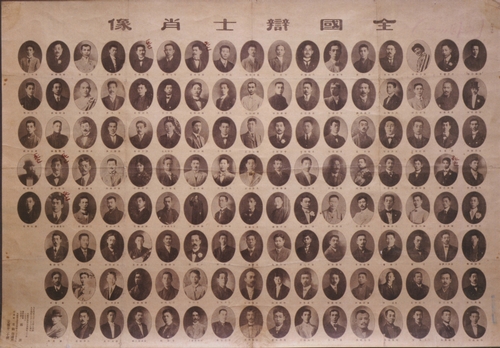This website was developed by Sarah Bither '13 and Melissa Yang '14, DHi 2011-2012 CLASS Scholars.
The Pure Film Movement
As American film started to take off using new, innovative techniques, there rose in Japan a Pure Film Movement (1915-1925) that aimed to reform anachronisms like the benshi in favor of the new and foreign styles. Followers of the movement believed that certain traditional Japanese elements held film back from developing into a truly modern industry and art form. They were embarrassed at Japan’s low quality films, the hedonism of the benshi, and the level of interpretative authority that the benshi held. By increasing the importation of foreign films whose plots were more self-explanatory, reformers tried to shift the role of the benshi from entertaining an audience to simply making the film accessible to ordinary people. They thought the performers should be called setsumeisha (“expositors”), provide no interpretation only plain narrative, and be viewed as supplementary, not as autonomous. The audience should be unaware of the benshi, as if his setsumei was an “invisible oral narrative.” In an attempt to better fuse narrative with “real” life, the Movement also aimed to replace the oyama with female actors. Critics viewed the oyama as inhibitors of film’s realistic factor.
The Pure Film Movement, however, ultimately failed. Their call for the removal of maesetsu and kowairo restructured setsumei as an art form by requiring a benshi’s narration, commentary, and dialogue to all be combined into one while the film rolled. The Movement drew massive amounts of attention to the benshi, increasing their popularity higher than ever. This increased popularity and refinement of the art of setsumei ushered in a new Golden Age for the benshi, lasting from 1926-1931.
Pictures of Benshi



